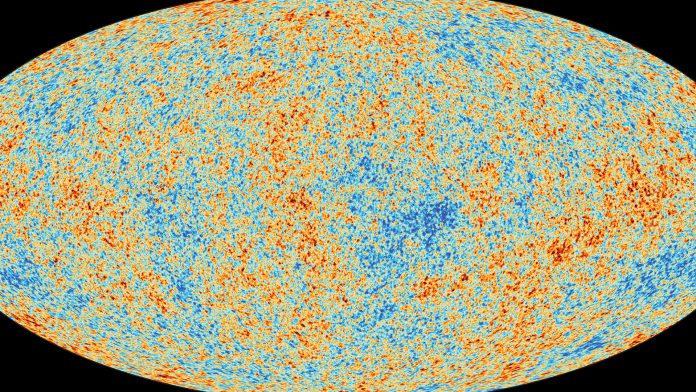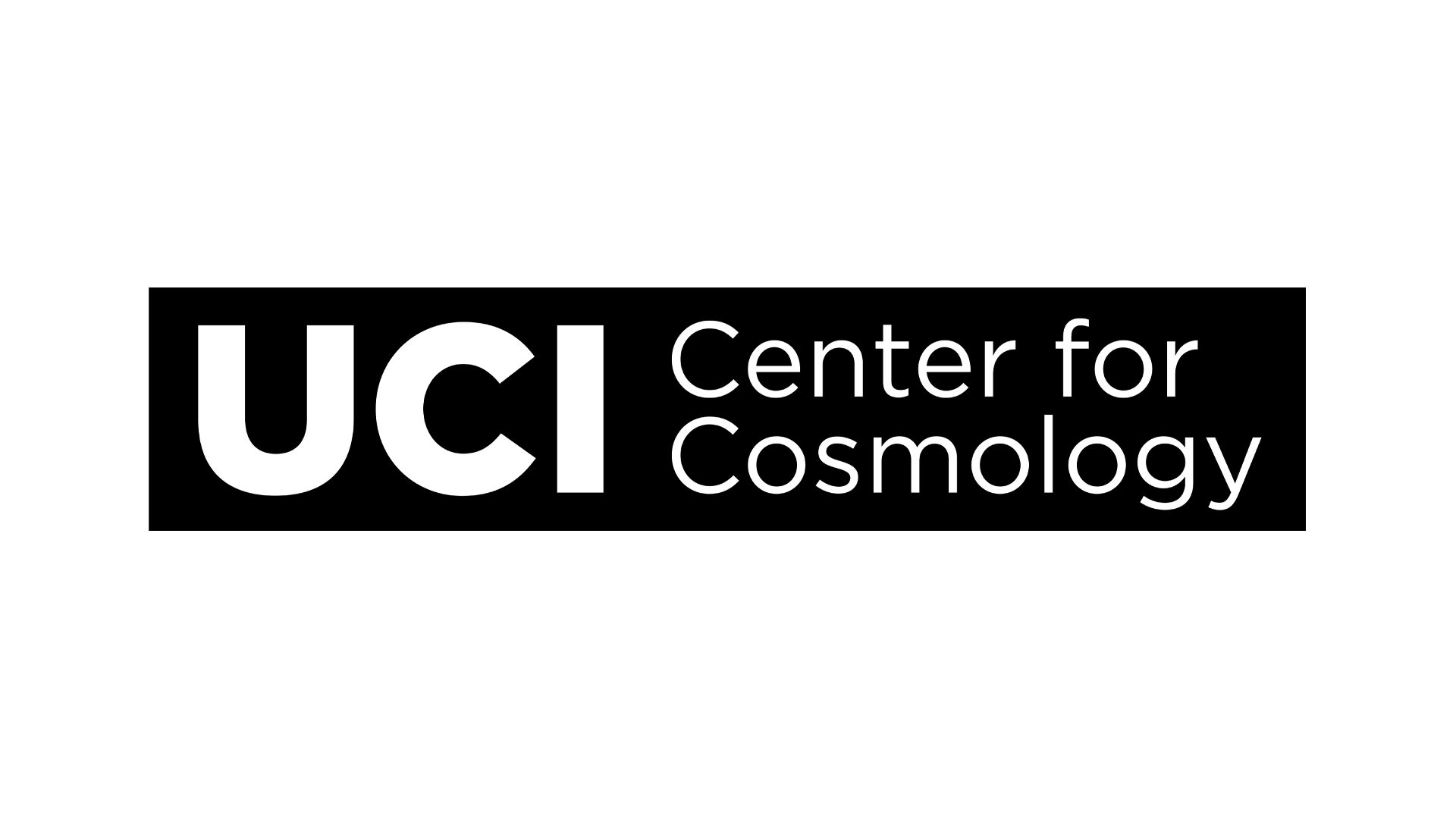The Center for Cosmology at the University of California, Irvine, is on the frontier of discoveries of the nature of our cosmos – such as the nature of the dark Universe – with research spanning observational astronomy to theoretical particle physics.
Cosmology has simultaneously become extremely successful – explaining the structure, history, and content of the Universe with a relatively simple six-parameter model – but also highly-challenged, with about 95% of the content of the Universe in unknown components of dark matter and dark energy. Since the discovery of the acceleration of the Universe in 1998, a consistent concordance cosmology has been tested with increasing precision measurements of the clustering of galaxies and matter in the Universe, with large-scale galaxy surveys and with increasingly high-resolution measures of the anisotropy in the cosmic microwave background (CMB), which originated from the last scattering surface of photons almost 14 billion years ago.
Cosmological models are now constrained at the sub-percent level, but crucial big-picture questions still remain: what is the nature of the dark Universe, of its matter and energy; the origin of primordial structure in the early Universe and the origin of ‘normal’ baryonic matter?
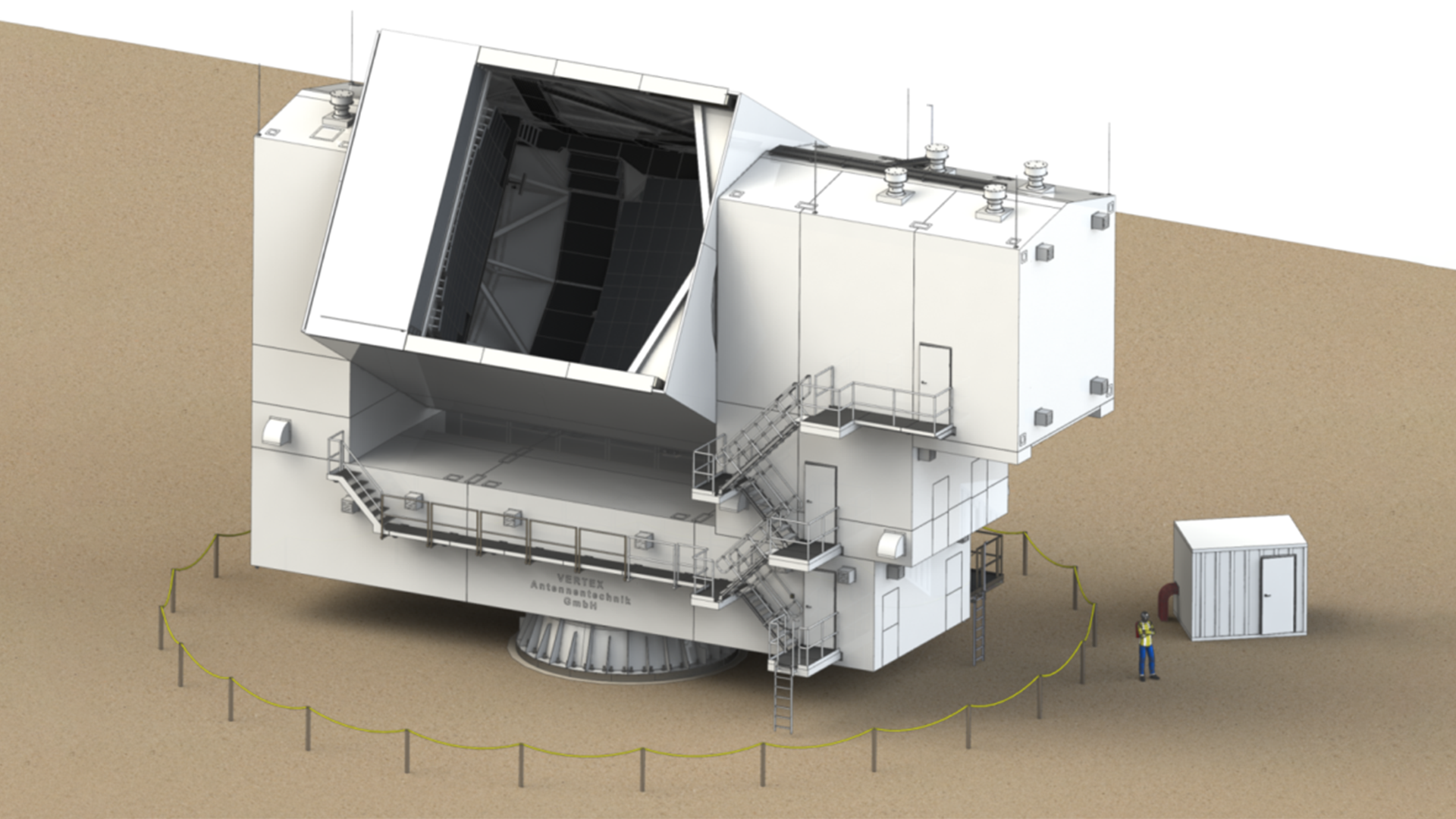
Our Center for Cosmology is leading the way in tackling these big picture questions, as well as the details of the fundamental nature of that structure and its formation in cosmic time. These efforts span CMB measurements, galaxy surveys, observations of early galaxy formation using the world’s more powerful telescopes, high-energy astronomy probes of dark matter, theoretical studies of the origin of matter, and the exploration of dark sectors in laboratory experiments.
CMB Stage 4 experiment
The next generation CMB experiment is a national collaboration building 21 telescopes to be placed on the Atacama Desert plateau in Chile and at the South Pole. The telescopes will use more than an order of magnitude more detectors than current telescopes, at the level of 500,000 detectors, with the first telescopes deployed in 2027. This technology will allow for unprecedented sensitivity to primordial tensor modes of CMB anisotropies that probe the very early Universe during an inflationary period that laid out the perturbations leading to structure and galaxy growth seen today. The unprecedented sensitivity also allows for probes of the dark Universe, new particles in the radiation background, as well as the best indirect absolute particle mass measurement of the known neutrinos through its effect on structure formation.
Several Center for Cosmology faculty and researchers are working on the physics probed by CMB-S4. The neutrino physics probes were proposed by Professor Manoj Kaplinghat via the effect of massive neutrinos on the growth of structure as it affects the intervening structure to the CMB via its measure by gravitational lensing of the CMB. Sensitivity of large-scale structure to neutrino properties has also been extensively studied by Professor Kevork Abazajian, the Center’s director. The inflationary physics tests were explored in pioneering work by Professor Asantha Cooray. Professors Abazajian and Cooray are members of the CMB-S4 collaboration.
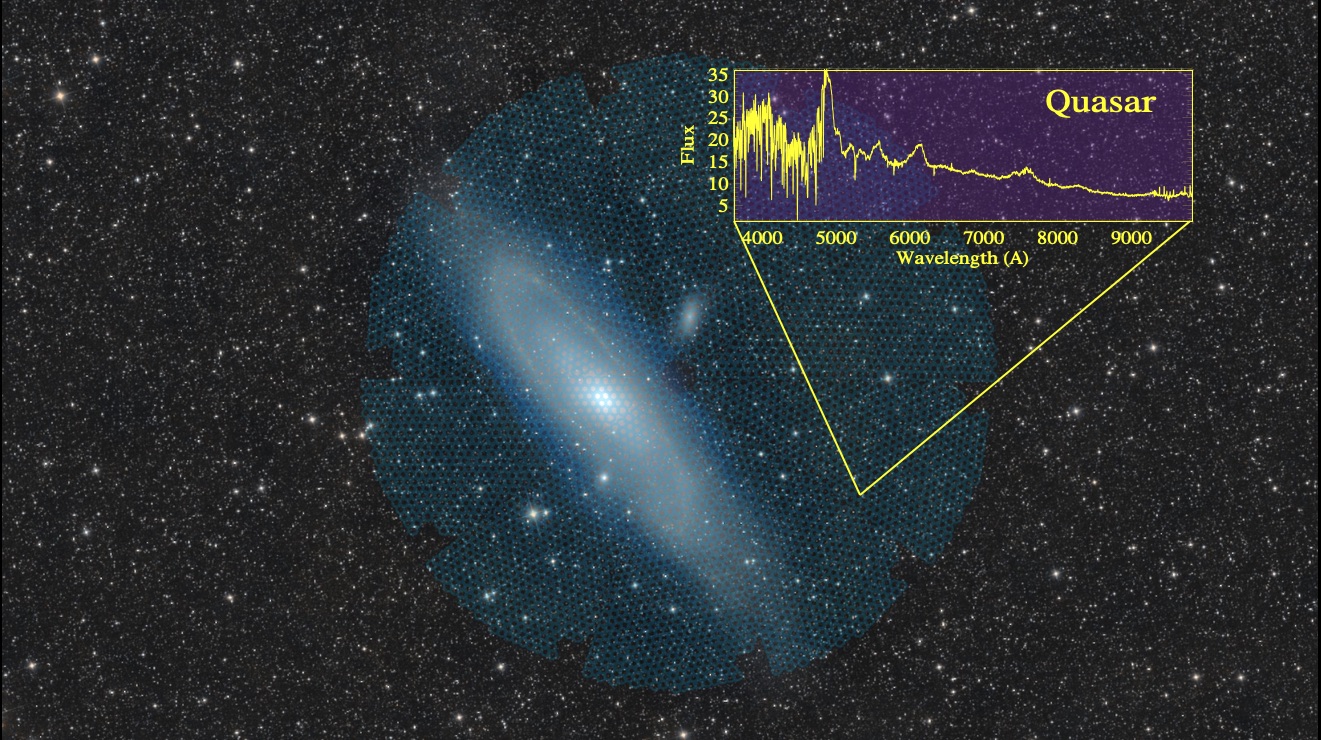
Dark Energy Spectroscopic Instrument
The Dark Energy Spectroscopic Instrument (DESI) survey started in May 2021, aiming to obtain optical spectra for 30 million galaxies and quasars, constructing a 3D map spanning the nearby Universe out to 11 billion light years. The survey measures 5,000 different galaxies’ 3D-positions simultaneously and will measure the effect of dark energy on the expansion of the Universe. Specifically, it will measure the scale and evolution of the baryon acoustic oscillation (BAO) feature in galactic clustering, a relic from the early Universe that is imprinted on matter and galaxy clustering at the 300 million light-year scale.
The BAO feature is key in that its physical scale is fixed by known physics, while its evolution with cosmic time is dictated by the Universe’s expansion history, which becomes increasingly dominated by dark energy. The detailed expansion history unveiled by the evolution of the BAO scale measured by DESI can place unprecedented constraints on the nature of dark energy.
UCI Cosmology Center’s Professor David Kirkby is a member of the DESI Collaboration. His group focuses on analysing the high-redshift sample of quasars as backlights to map the distribution of neutral hydrogen and on optimising the instrument and operations software performance. They also developed simulations to help design the instrument and survey strategy.
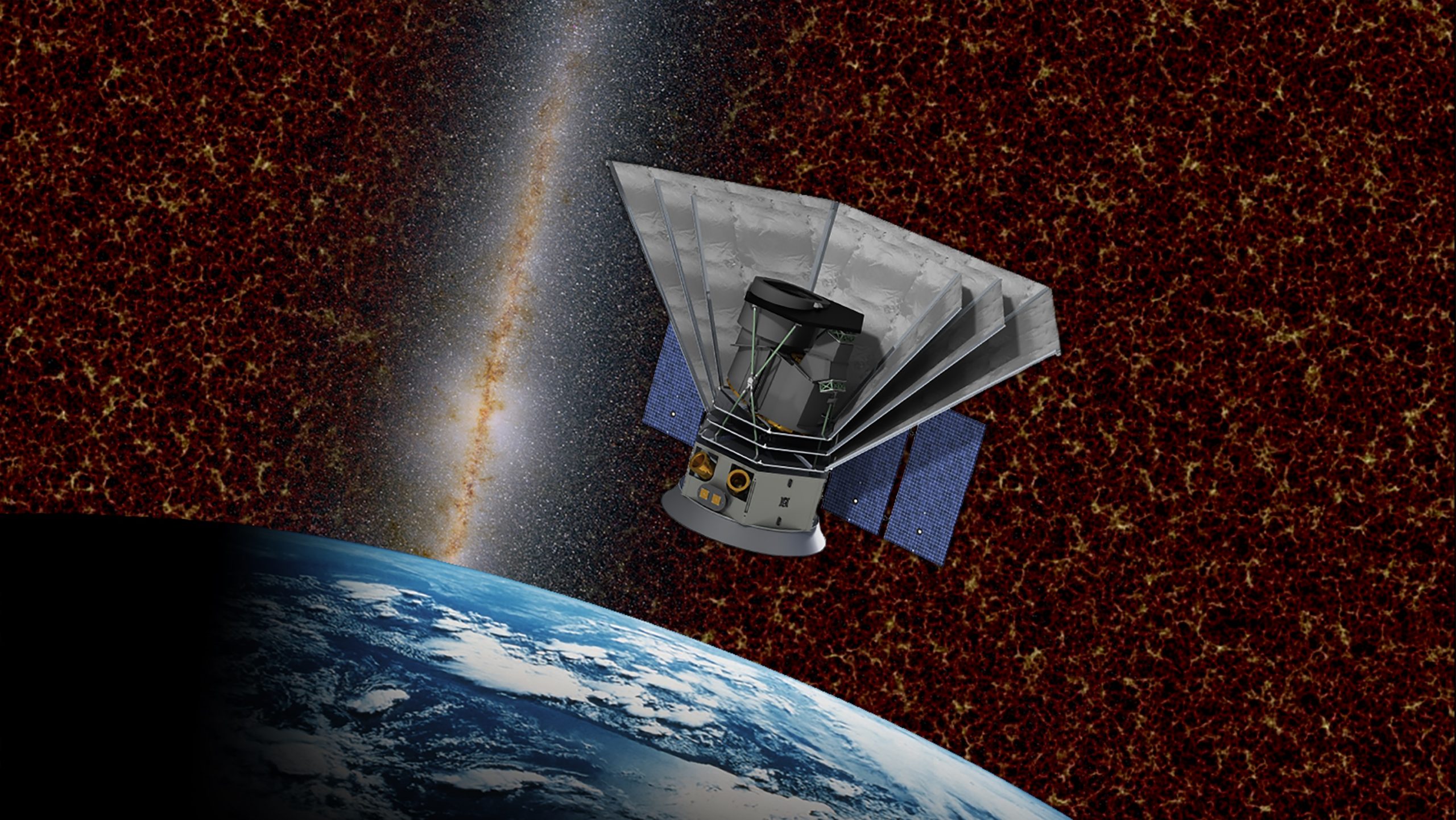
SPHEREx
The Spectro-Photometer for the History of the Universe, Epoch of Reionisation and Ices Explorer (SPHEREx) mission is a planned two-year NASA satellite mission that will involve a 2D survey of 300 million galaxies and 100 million stars in the Milky Way to reveal the origins of observed structure. The $242m mission will launch in 2024 and survey the entire sky every six months using technologies adapted from Earth satellites and interplanetary spacecraft. The survey will be done in optical as well as near-infrared light, in a total of 96 different colour bands, far exceeding the colour space of previous all-sky maps.
SPHEREx will probe a much larger effective volume than many other cosmological surveys. The unprecedented colour and spatial map of galaxies will provide measurements of the growth of cosmic structure and galaxies through the last 10 billion years. SPHEREx will also measure signals from the intra-halo light of galaxies as well as from the epoch of reionisation to minimum levels measurable in extragalactic background light, which probes the cosmic history of star and galaxy formation. The Center for Cosmology’s Professor Cooray is the Galaxy Formation Lead on the SPHEREx mission.
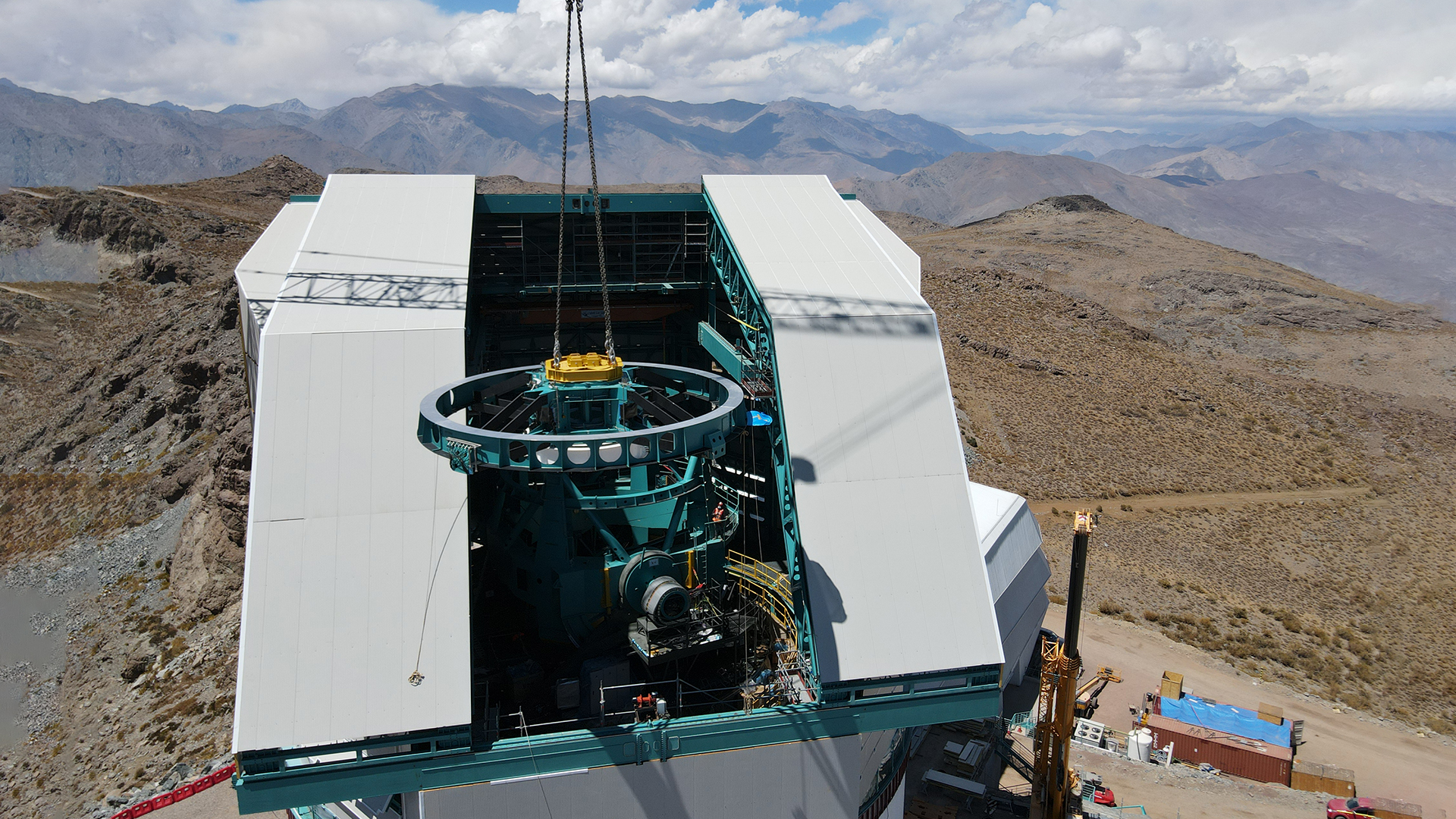
Rubin Observatory legacy survey of space and time dark energy science collaboration
The Dark Energy Science Collaboration (DESC) is an international science collaboration that will make high accuracy measurements of fundamental cosmological parameters using data from the Rubin Observatory Legacy Survey of Space and Time (LSST) in Cerro Pachon, Chile. The telescope is a 27-foot-wide aperture telescope with a 3.2 gigapixel camera, with each image the size of 40 moons. The survey will start in 2023, with an anticipated 20 TB of data per night. The final 10-year survey will consist of a data release of 20 billion galaxies with 3D information from colour data – or photometric redshift. UCI’s Center for Cosmology’s Professor Simona Murgia and Professor Kirkby are members of the LSST-DESC.
Professor Kirkby’s group seeks to understand and mitigate the systematic uncertainties of cosmological parameters inferred from the weak lensing of galaxies, including the impacts of blended sources. Professor Murgia’s group is determining the prospects for LSST to probe the galactic dark matter substructure distribution as a function of mass, including sensor systematics studies and a detailed model for the dark matter substructure. Her group is also involved with the integration and validation testing of the LSST camera.
Galaxy formation simulations and observations
High-resolution dark matter, gas and star formation simulations, using the initial conditions determined by the CMB, well-reproduce much of the observed galaxies and galactic structure seen in the nearby as well as distant Universe. Some very important puzzles remain, mostly in the small scale structure of galaxies. Much of the Center for Cosmology’s Professor James Bullock’s research group focuses on the use of numerical simulations in comparison with astronomical observations to constrain the nature of dark matter, specifically on the ‘small’ size-scales of individual galaxies.
Interestingly, there are several indications that the standard cold dark matter model may not be able to reproduce some observations on small scales, which motivates the exploration of alternative models like self-interacting dark matter and warm dark matter.
The research of Center for Cosmology Professor Manoj Kaplinghat has revived the idea that dark matter could have large interactions with itself (which is reminiscent of the behaviour of Standard Model particles) and has revealed that such self-interactions provide a compelling explanation for the diversity of dark matter distributions in galaxies.
Center for Cosmology Professor Michael Cooper’s group addresses the global evolution of galaxies over cosmic time with a particular emphasis on the role of the environment in shaping galaxy properties. How gas is incorporated into galaxies and star formation proceeds is integral in unravelling the evolution of normal and dark matter through cosmic time and how galaxies like our own Milky Way are formed.
Professor Cooper has led work on the DEEP2/3 redshift surveys, the Arizona CDFS Environment Survey, The GOGREEN Survey, the Local Volume Complete Cluster Survey (LoVoCCS), and is involved in the LSST Galaxies Science Collaboration.
High-energy astronomy probes of dark matter
Dark matter may not be completely dark, having weak or super-weak interactions that lead to the emission of photons at energies near the dark matter particle mass scale, which extends into the energies of the high-energy photon sky. Observations of the high-energy sky can probe two leading candidates for dark matter: those connected with the fundamental weak scale at ~100 GeV, and another class of dark matter particles that could affect galaxy formation at ~keV scales.
Launched in 2008, the Fermi Gamma Ray Space Telescope has sensitivity to GeV-scale photons. Researchers detected an excess of photons consistent with dark matter emission toward the Milky Way galactic centre. Those research groups included Center for Cosmology Professor Simona Murgia, working with the Fermi Collaboration, and independently by Professors Abazajian and Kaplinghat. Cosmology Center Professors Simona Murgia, Arvind Rajaraman, and Tim Tait have explored particle physics models that may be responsible for the excess. However, astrophysical interpretations of the excess have not been excluded.
In 2020, the preponderance of astrophysical interpretations became more consistent with the excess photons than dark matter models. A collaboration including Professors Abazajian and Kaplinghat showed that, even with the uncertainties in astrophysics models, the data now preferred no presence of dark-matter-like emission. These Fermi Telescope observations of the Milky Way galactic centre are now, in turn, one of the most stringent constraints on weak-scale dark matter.
In the lower keV energy scale, a candidate signal of potential dark matter decay detected in 2014 in Chandra X-ray Space Telescope and XMM-Newton Telescope observations, using methods proposed by Professor Abazajian and collaborators in 2001, renewed interest in keV-scale dark matter searches. This detection aligned with keV-scale ‘warm’ dark matter candidates for alleviation of problems in galaxy formation.
Professor Abazajian participates in the Physics Beyond the Standard Model Science Working Group for the upcoming high-energy-resolution Athena X-ray Observatory which will have unprecedented sensitivity for new physics signals and is scheduled for launch in 2031.
The early Universe and physics beyond the Standard Model
The theoretical particle physics group engages directly in cosmological research as well as research that has implications for cosmology. The topics are too numerous to fit into this summary, so specific topical highlights are given.
One novel line of research is by Cosmology Center Professor Tim Tait, which explores a model where the strong coupling is promoted to a dynamical quantity. The coupling evolves through the vacuum expectation value of a singlet scalar field, which mixes with the Higgs field. In the early Universe’s cosmic history, the QCD confinement and electroweak symmetry breaking initially occur simultaneously, near the weak scale. This model allows for a simple and natural model for baryogenesis: the origin of the observed asymmetry of normal matter over antimatter. This model also affects the relationship between weak-scale dark matter production and its observability in high-energy astronomy via its annihilation, and it provides a new window for axion dark matter.
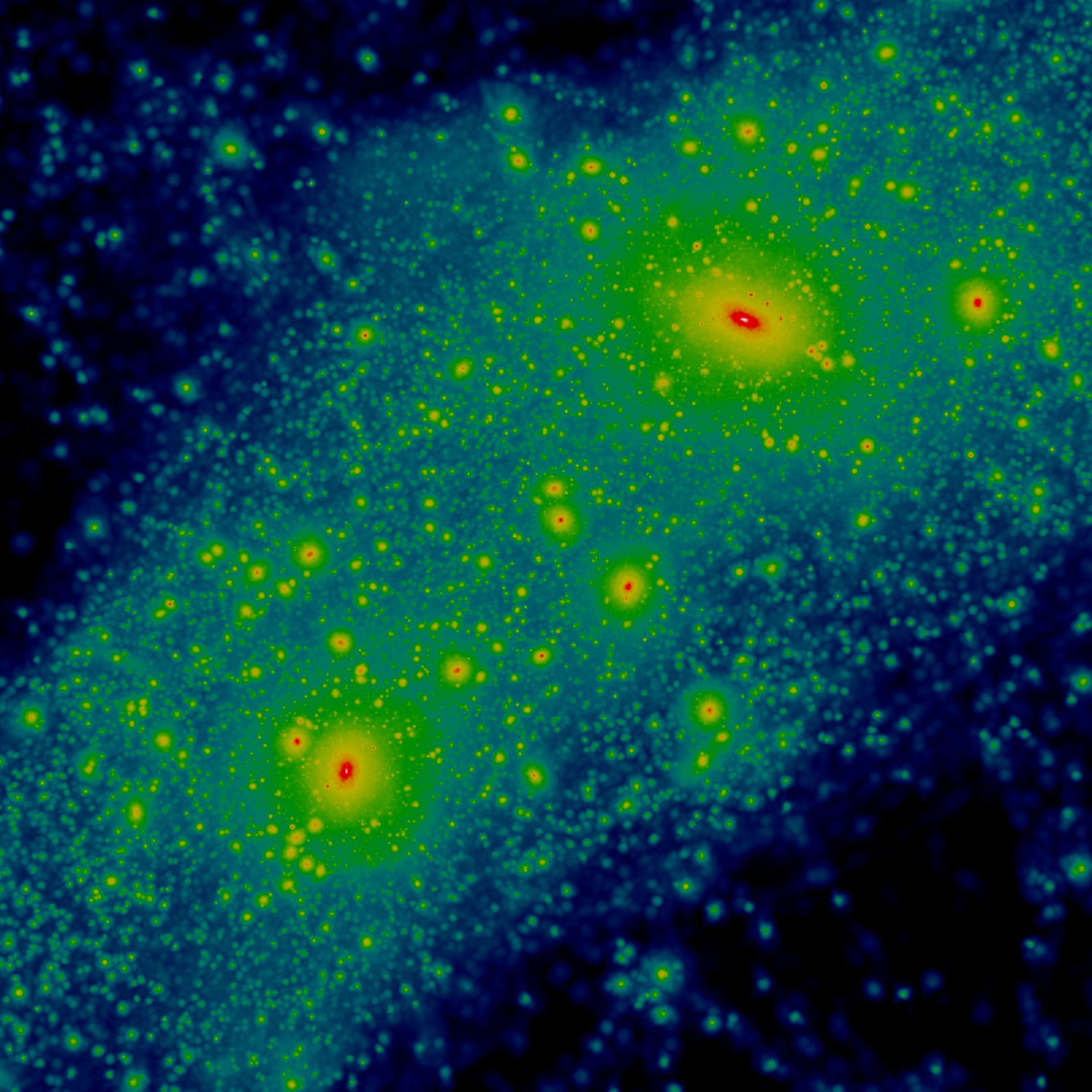
Hidden dark sectors: the FASER experiment
The hunt for dark matter has led to exploring novel sectors where particle dark matter is not weak-scale heavy, with weak-scale particle masses, but potentially very weakly coupled and light via hidden sector couplings called ‘portals’. This has opened completely new directions in particle physics searches of new physics, especially new physics connected with the origin of cosmological dark matter.
In 2017, Center for Cosmology Professor Jonathan Feng and collaborators discovered that one large class of models predicts particles produced abundantly at particle colliders like the Large Hadron Collider (LHC) at CERN. It had one major problem, though: the signatures would go undetected due to the orientation of the stream of new particles: forward through holes in the detectors! The particles would be very relativistically beamed, so Professor Feng’s collaboration proposed a new small detector along the beam path to detect these particles.
In 2018, contacts at CERN hustled and found a quick way to use extra parts from large experiments at the LHC, ATLAS, and LHCb to build Professor Feng’s proposal for a ForwArd Search ExpeRiment (FASER) along the LHC beamline to search for these portal particles. Installation was funded by the Heising-Simons and Simons Foundations. FASER expects to have data to analyse in the coming year and will have a significant set of new results after their first three-year run.

